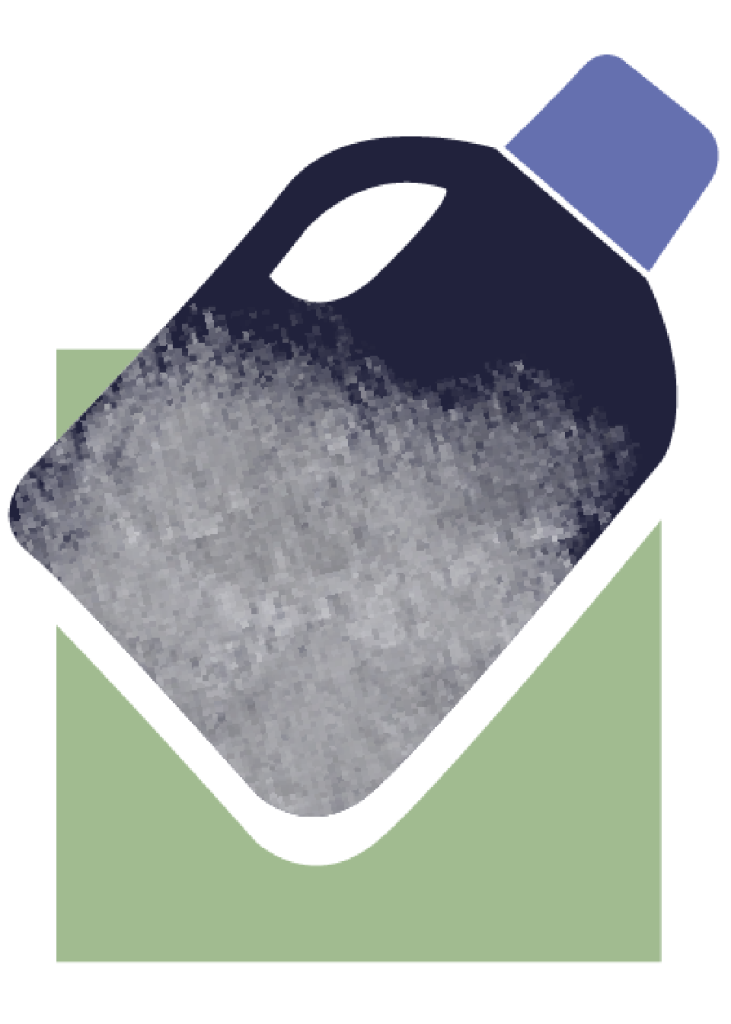Polyesters
Polyesters (PEs) represent an important class of thermoplastic polymer materials that are well established for a wide range of applications. Being condensation polymers, they are the best recyclable polymers, with the PET material stream as most prominent example. Others, such as PCL, PLA or PBS are biocompatible and even -degradable, thus meeting more advanced requirements. Based on physically informed basic research, including state-of-the-art characterization techniques, we broaden the application range of existing polyesters via better understanding and control of their (often semi-crystalline) morphology, and develop new polyester materials as well as new pathways for (bio)degradation and re-use.

Publications
Adjedje, V. K. B.; Wolf, Y. L.; Weissenborn, M. J.; Binder, W. H. Rubber Oxygenase Degradation Assay by UV-Labeling and Gel Permeation Chromatography. Macromol Rapid Commun 2024, 45 (11), e2400032. DOI: 10.1002/marc.202400032
Annunziato, M.; Bashirova, N.; Eeza, M. N. H.; Lawson, A.; Fernandez-Lima, F.; Tose, L. V.; Matysik, J.; Alia, A.; Berry, J. P. An Integrated Metabolomics-Based Model, and Identification of Potential Biomarkers, of Perfluorooctane Sulfonic Acid Toxicity in Zebrafish Embryos. Environ Toxicol Chem 2024, 43 (4), 896-914. DOI: 10.1002/etc.5824
Bashirova, N.; Butenschon, E.; Poppitz, D.; Gass, H.; Halik, M.; Dentel, D.; Tegenkamp, C.; Matysik, J.; Alia, A. Magnetic Resonance Imaging-Based Monitoring of the Accumulation of Polyethylene Terephthalate Nanoplastics. Molecules 2024, 29 (18). DOI: 10.3390/molecules29184380
Winter, A.; Hamdi, F.; Eichhofer, A.; Saalwachter, K.; Kastritis, P. L.; Haase, F. Enhancing structural control in covalent organic frameworks through steric interaction-driven linker design. Chem Sci 2024, 15 (35), 14449-14457. DOI: 10.1039/d4sc03461a
Wang Z, Schaller M, Petzold A, Saalwächter K, Thurn-Albrecht T. How entaglements determine the morphology of semicrystalline polymers. PNAS 2023, 120 (27), e2217363120, https://doi.org/10.1073/pnas.2217363120
Yu Q, Anuar A, Petzold A, Balko J, Saalwächter K, Thurn-Albrecht T. The Semicrystalline Morphology of Polybutylene Succinate Supports a General Scheme Based on Intracrystalline Dynamics. Macromol Chem Phys 2023, 2200459, https://doi.org/10.1002/macp.202200459
Schäfer M, Yuan S, Petzold A, Pérez-Camargo RA, Müller AJ, Thurn-Albrecht T, Saalwächter K, Schmidt-Rohr K. Asymmetric Co-unit Inclusion in Statistical Copolyesters. Macromolecules 2021, 54, 2, 835-845, https://doi.org/10.1021/acs.macromol.0c01965
Adjedje VKB, Schell E, Wolf YL, Laub A, Weissenborn MJ, Binder WH. Enzymatic degradation of synthetic polyisoprenes via surfactant-free polymer emulsification. Green Chem. 2021, 23, 9433-9438, https://doi.org/10.1039/D1GC03515K
Collaborative research centers / Network






